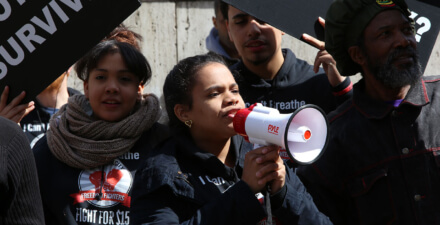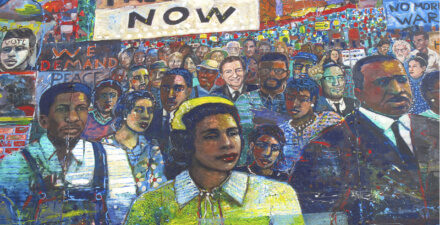Is moving to a new place key to upward mobility for U.S. workers and their families?
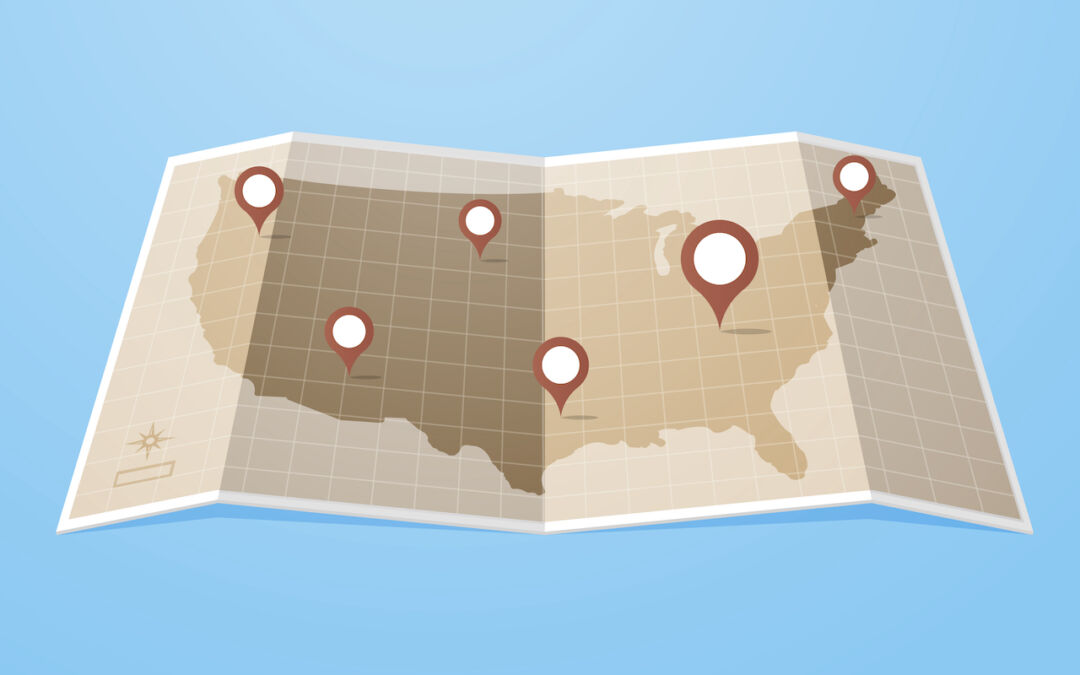
U.S. history is rife with examples of groups and individuals upending their lives and migrating in search of better economic opportunities for themselves, their families, and their descendants. This process of “moving to opportunity” still occurs to this day, and it motivates a number of policies that attempt to combat poverty by helping families move away from disadvantaged neighborhoods.
One of the largest and most economically powerful instances of moving to opportunity was the Great Migration, when 6 million southern African Americans migrated to the North between roughly 1916 and 1970 to escape racial prejudice and a lack of upward mobility. During the Great Migration, the northern United States was rightfully considered a promised land for Black Americans, and research documents that Black people who migrated to the North made almost double what their southern counterparts did.
Yet despite these immediate returns to migrating, academics and policymakers alike are still left wondering if the descendants of these Black Americans prospered as their forebearers did. Were they able to “inherit” their parents and grandparents’ hard-fought mobility? Or did the gains from growing up in the North change for their children, grandchildren, and great-grandchildren?
I address these questions in my new article in the American Economic Review, “Can You Move to Opportunity? Evidence from the Great Migration,” and in my working paper included in Equitable Growth’s Working Paper series. I find that northern backlash to the second wave of the Great Migration (between 1940–1970) turned the promised land into a mobility trap for future generations of Black children. My study looks at all major non-southern cities that received Black migrants during the Great Migration—most famously Detroit, Baltimore, Chicago, and Pittsburgh—but also less major destinations across the Northeast, Midwest, and West. (See Figure 1.)
Figure 1
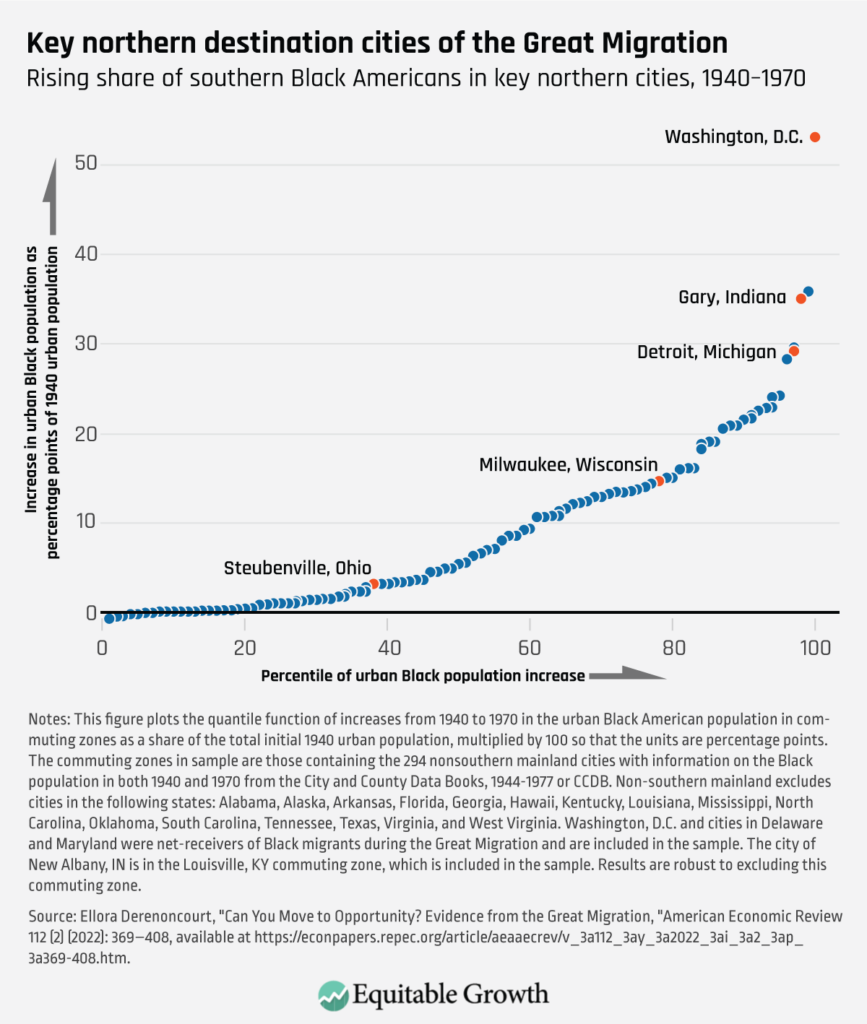
I find that while the first generation of migrants profited from a mass exodus from the South, the gains they accrued and hoped to pass on to their children were slowly eroded away by a multitude of factors. This resulted in a stark negative relationship between Great Migration inflows and upward mobility. The reactions of incumbent residents in northern cities to the migration were so corrosive and debilitating that outcomes for the third generation of Black Americans in the North are the same as, if not worse than, that of southern Black children whose grandparents did not move to opportunity.
To put it more quantitatively, I find that a one standard deviation increase in the Black population share of destination cities is associated with an 11.3 percent drop in adult income. And, in the absence of this backlash, the Black-White upward mobility gap in the North would be 27 percent smaller. (See Figure 2.)
Figure 2
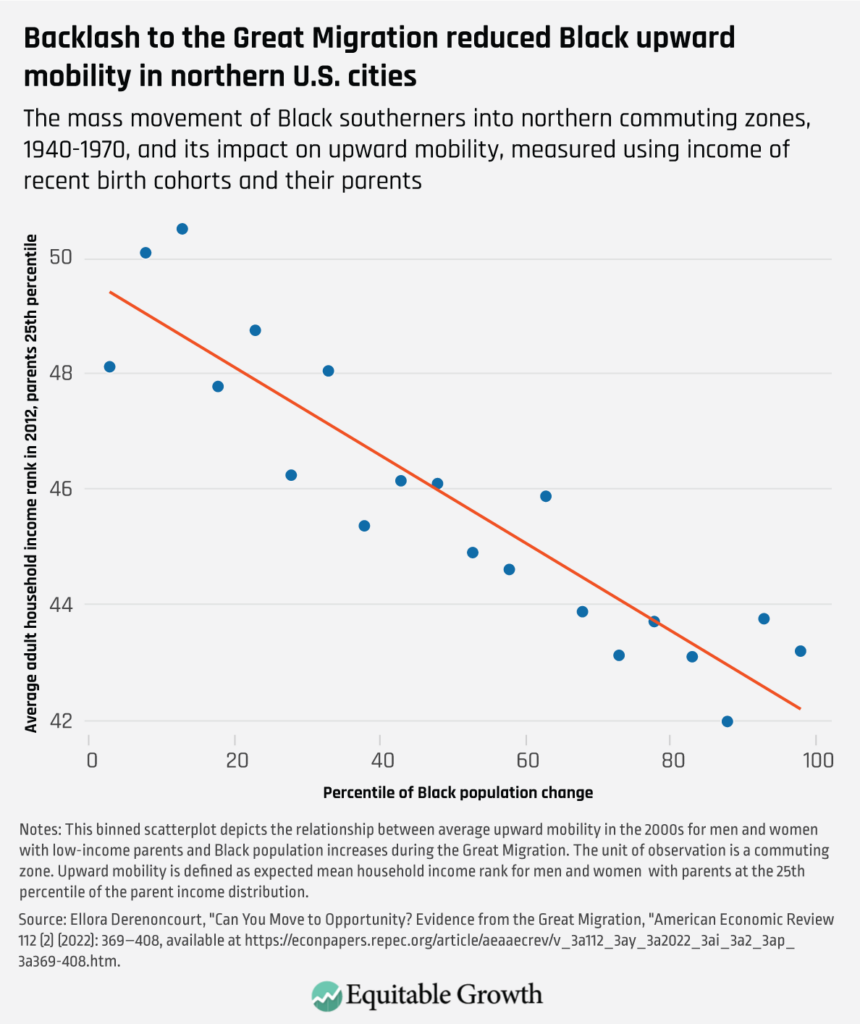
Admittedly, this effect of the Great Migration could reflect changes in the composition of families in destination locations. It’s possible, for example, that after the Great Migration, families who tended to secure good opportunities for their children left the area, and only families who struggle were left behind. In this scenario, the Great Migration changed nothing about the environment for families—it simply changed who lives there.
Alternatively, could the Great Migration have changed the destination locations themselves, such that they no longer promoted good outcomes for children? In my working paper, I conduct a second analysis that answers this question, examining the impact of additional years of childhood spent in a Great Migration city, all else being equal. This analysis identifies the effect of the move to opportunity through changes in the environment for families. Critically, I find that the effect of spending an entire childhood in a Great Migration commuting zone accounts for all of the Great Migration’s negative impact on upward mobility. In essence, this firmly establishes location effects as the force behind low mobility in Great Migration commuting zones. (See Figure 3.)
Figure 3
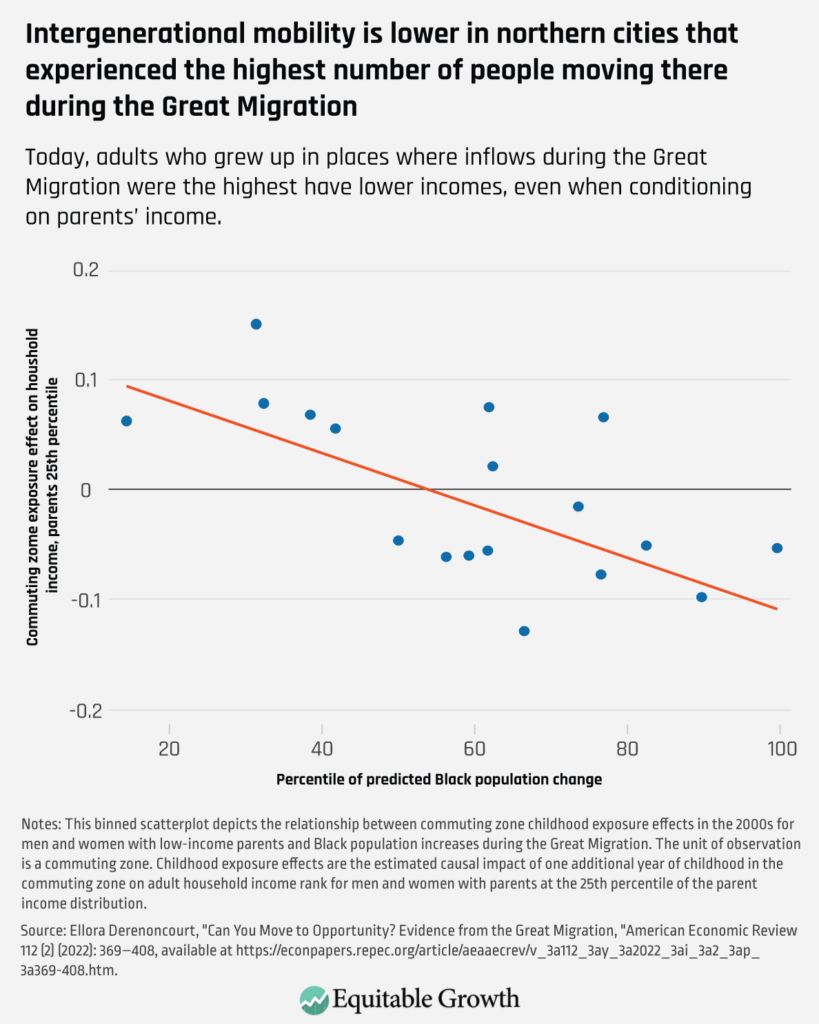
One particularly interesting discovery of the project is that the effects of the Great Migration are not homogeneous across gender and race. In fact, the negative income effects of the migration are mainly concentrated among Black men, and the effects we see among comparable White men and women are far more muted. This provides a nice check to ensure that our results are being driven by responses to the Great Migration and not mass deindustrialization, which began to affect residents of northern cities toward the end of the Great Migration. (See Figure 4.)
Figure 4
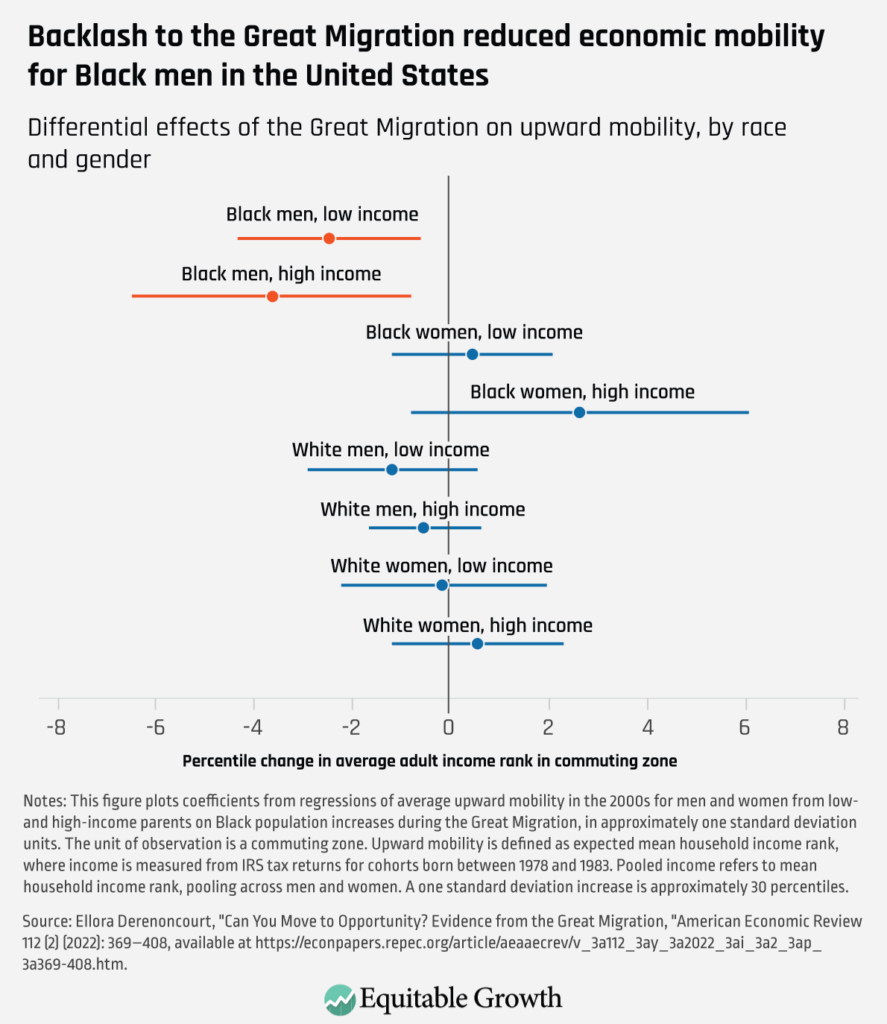
These results naturally lead to the question of why Black men were affected so much more by the migration than Black women? The first explanation is that Black women tend to form households with Black men, and as a response to the diminished income of Black men in Great Migration commuting zones, Black women may have increased their labor supply to recover this missing income. A second explanation is rooted in literature showing that boys are far more sensitive to environmental characteristics such as school quality and the presence of two-parent households than girls are.
When I explore these two mechanisms, I find that Black women did not report higher earnings or more hours worked due to the Great Migration. But I do find that the Great Migration is associated with growing up in single-parent homes for Black men and women. I also discover that Black men from low-income backgrounds have worse educational outcomes in commuting zones that were more affected by the Great Migration.
My paper also provides a glimpse of some of the potential mechanisms behind the decline of Great Migration destinations. The portrait is one of urban decline matched with particular civic responses to social problems in cities. In the wake of the Great Migration, northern cities funneled public funds toward policing while investment in social infrastructure stagnated. Simultaneously, White flight to the suburbs and an overall erosion of the urban environment helped transform destination metropolises of the 1940s and 1950s into highly segregated opportunity deserts by the 1990s and 2000s. (See Figure 5.)
Figure 5
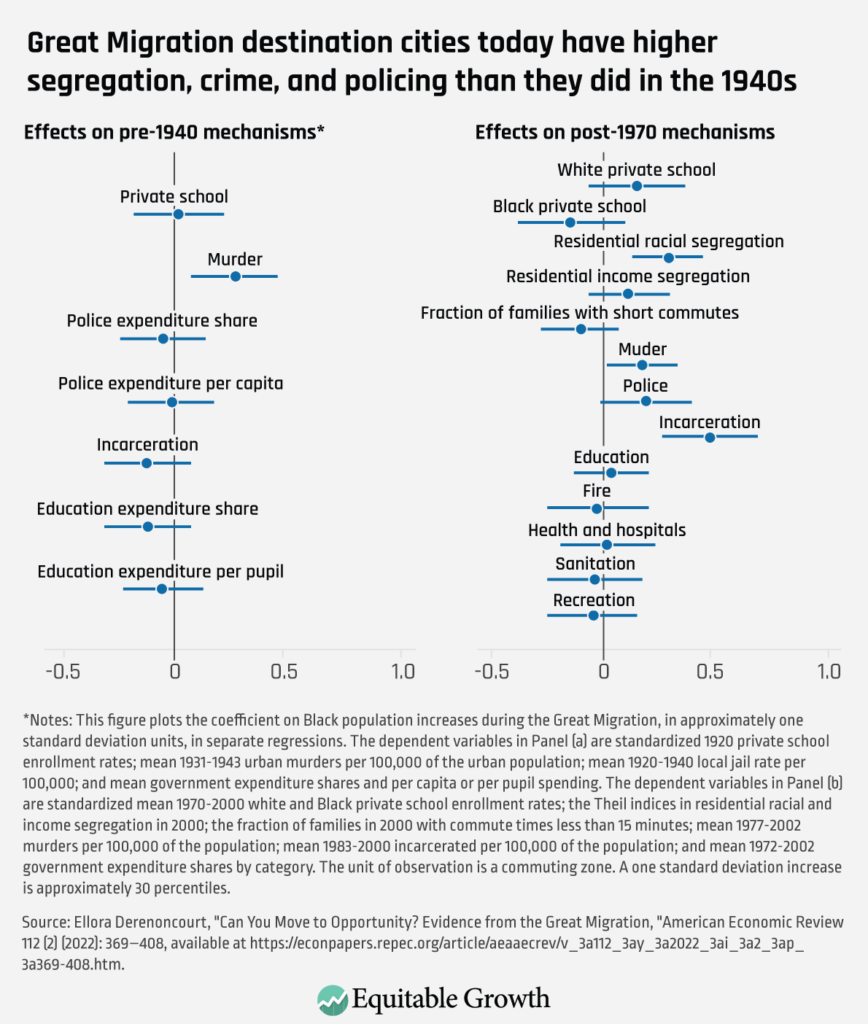
Conclusion
It would be disingenuous to claim, based on the backlash to the Great Migration, that this mass movement to opportunity by Black Americans was a mistake. After all, the children and grandchildren of migrants benefited from growing up in higher-income families than if their parents and grandparents had remained in the South. Furthermore, other research also shows that the Great Migration was important for changing the political landscape in the United States and increasing support for civil rights legislation.
But when destination cities in the North were in need of wide-ranging support to combat economic decline, increased racial segregation, and general social disintegration, they were left to fend for themselves. To put it plainly, we, as a nation, failed them.
Today’s solution of small-scale housing lotteries that allow a small fraction of families to escape disadvantaged neighborhoods is inadequate for making up for these decades of neglect. Instead, it is imperative that policymakers also commit to raising people up and supporting communities where they are. We owe at least that much to the millions of Black Americans who braved a long and harsh journey North in search of the American Dream.




